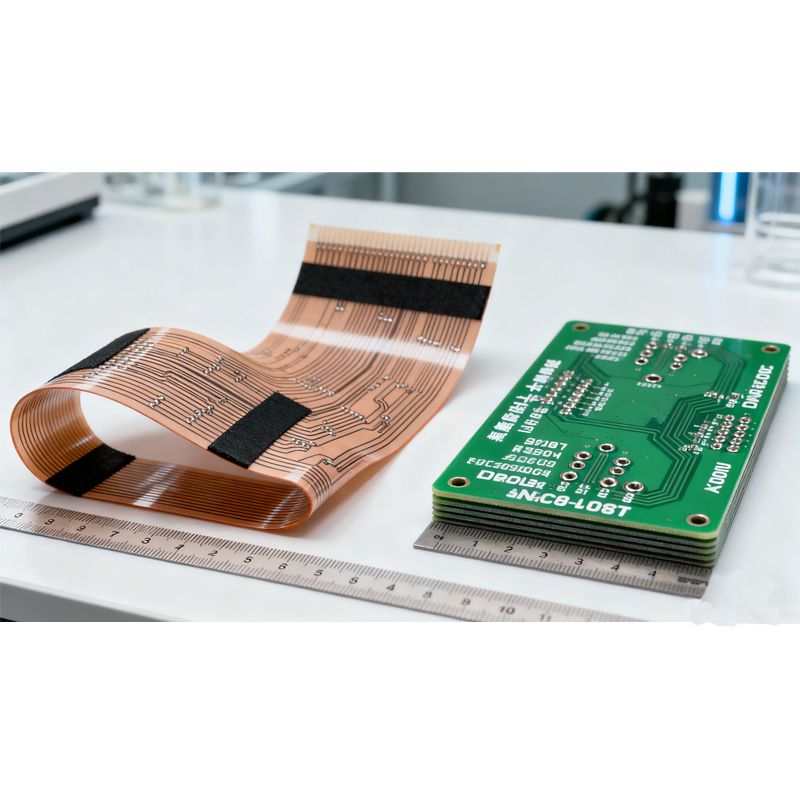Date: 2025-11-11
Let's talk circuit boards. You've got two main types: the classic rigid boards we all know, and flexible circuits that can bend and twist. It's not about which is better - it's about which works better for your specific project.
Here’s the real story on when going flexible gives you the biggest advantage.
Why Pick a Flexible PCB?
When Your Space is Crazy Tight
Got a smartphone, smartwatch, or medical device? There's no room inside. Flexible circuits can fold like origami into tiny spaces where rigid boards would never fit. You can actually do 3D wiring instead of being stuck in 2D.
When Things Need to Move
If your product has moving parts - think robot arms, folding phone hinges, or wearable sensors - you need circuits that can move too. Quality flex circuits handle thousands of bends without breaking. Rigid boards? They'd crack immediately.
When Weight is Everything
Building something that needs to be light? Flexible circuits are incredibly thin and lightweight - we're talking over 60% lighter than doing the same job with rigid boards. For aviation gear or wearable tech, that weight savings is huge.
When Reliability Can't Be Compromised
In cars, planes, or industrial equipment that face constant vibration, flexible circuits absorb shock way better than rigid ones. Fewer cracked solder joints means your product lasts longer.

The Money Question: When Flex Circuits Actually Save You Cash
Yeah, flexible circuits cost more per square inch. But here's what most people miss:
You eliminate connectors and cables: Those board-to-board connectors and wire harnesses add up fast. Sometimes, getting rid of one expensive connector pays for the flex circuit itself.
Assembly gets simpler: Fewer parts means faster, cheaper assembly. One flex circuit can replace multiple rigid boards and all the wiring between them.
You get better reliability: Fewer connection points means fewer things that can break. That means fewer warranty returns and happier customers.
When You Should Stick With Rigid Boards
Flex circuits aren't magic. Stay with rigid when:
You're dealing with high power that needs heat dissipation
Cost is your absolute top priority and space isn't an issue
You're just prototyping and need quick, cheap iterations
The Bottom Line
Think about what your product really needs. Does it bend? Is space super tight? Will it get shaken around? If you answered yes, flexible circuits might actually be your most cost-effective choice when you consider the total picture.
The smart move? Talk to your PCB supplier during your early design phase. They can help you pick the right approach before you get too far down the road.
Kaboer manufacturing PCBs since 2009. Professional technology and high-precision Printed Circuit Boards involved in Medical, IOT, UAV, Aviation, Automotive, Aerospace, Industrial Control, Artificial Intelligence, Consumer Electronics etc..